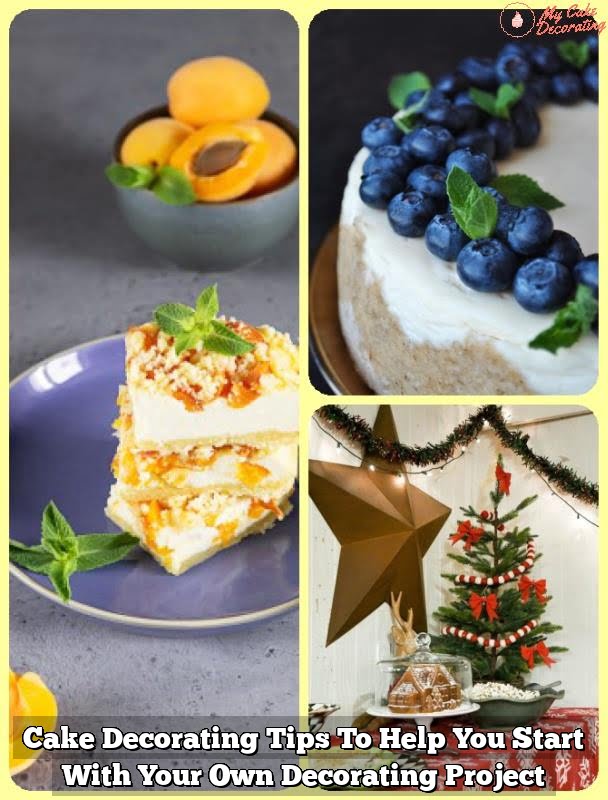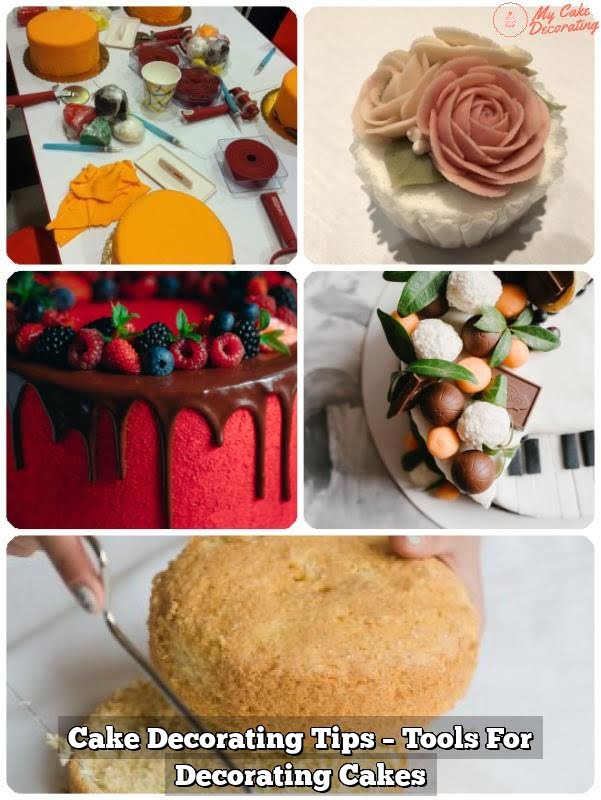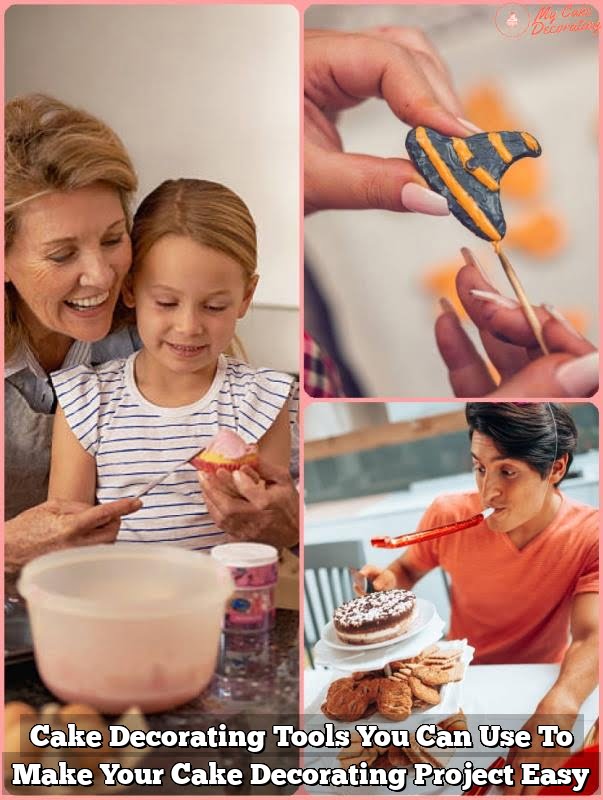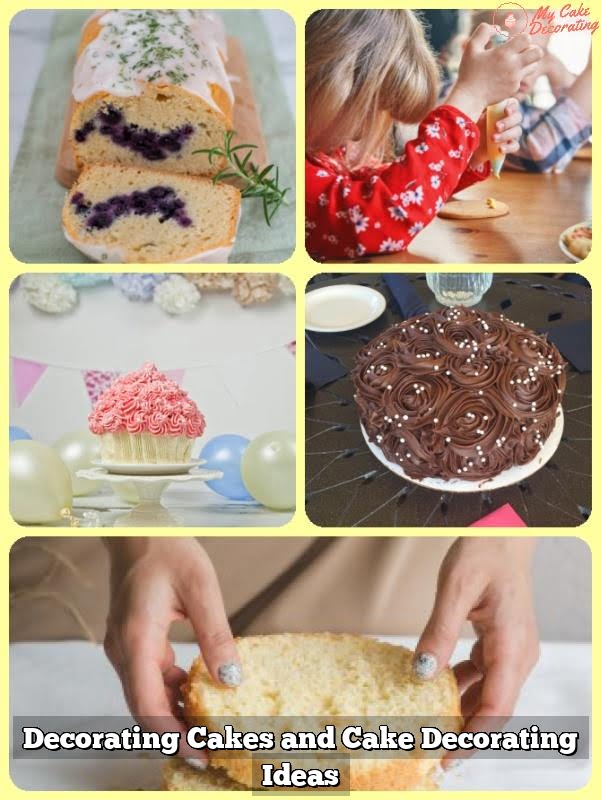Have you ever wanted to take your cake decorating skills to the next level? Learning how to use a cake decorating kit can be a game-changer for anyone looking to create beautiful and professional-looking cakes. Whether you’re a beginner or an experienced baker, mastering the art of cake decorating can open up a world of creative possibilities.
Understanding the components of a cake decorating kit is essential for anyone looking to learn how to use one effectively. From piping bags and tips to fondant tools and edible images, each component plays a crucial role in creating stunning designs on your cakes. But before diving into the technical aspects, it’s important to choose the right cake decorating kit that suits your skill level and needs.
In this article, we’ll explore everything you need to know about using a cake decorating kit, from selecting the right tools to troubleshooting common issues. We’ll also cover key tips for choosing the right kit, preparing your workspace, and gathering ingredients before diving into a step-by-step guide for using piping bags and tips, working with fondant and molds, and decorating with edible images and stencils.
Whether you’re just starting or looking for advanced techniques, this comprehensive guide has something for everyone looking to elevate their cake decorating skills.
Understanding the Components of a Cake Decorating Kit
A cake decorating kit is a set of tools and accessories that are used to adorn and beautify cakes, cupcakes, and other baked goods. These kits come in various shapes and sizes, and they often include piping bags, tips, spatulas, fondant molds, edible images, stencils, and other essential items. Understanding the components of a cake decorating kit is crucial before you start using it to create stunning designs on your baked treats.
Piping bags are an essential component of a cake decorating kit. These bags come in different materials such as plastic, cloth, or silicone and can be used to pipe frosting onto cakes or create intricate designs. Paired with various tips in different shapes and sizes, the piping bag is a versatile tool that allows for creativity in decorating your desserts.
Fondant molds are another key component of a cake decorating kit. Fondant is a pliable icing-like substance that can be rolled out and draped over cakes for a smooth finish or molded into various shapes and forms using these specialized molds. Understanding how to use fondant molds effectively will enable you to add elegant embellishments to your cakes effortlessly.
| Cake Decorating Component | Description |
|---|---|
| Piping bags | Bags made from plastic, cloth or silicone used for piping frosting onto cakes |
| Tips | Various shaped attachments that fit on the end of piping bags for creating different designs |
| Fondant molds | Tools used to mold fondant into distinctive shapes and decorations for cakes |
Key Tips for Choosing the Right Cake Decorating Kit
Choosing the right cake decorating kit is essential for achieving professional-looking results. There are a few key tips to keep in mind when selecting the perfect kit for your needs.
Consider Your Skill Level and Needs
Before purchasing a cake decorating kit, it’s important to consider your skill level and what you plan to use it for. If you’re just starting out, a basic kit with essential tools such as piping bags and tips may be sufficient. However, if you’re more experienced or looking to expand your skills, a more comprehensive kit with additional tools and decorations may be necessary.
Quality of Tools
When choosing a cake decorating kit, it’s crucial to consider the quality of the tools included. Look for kits that contain high-quality piping tips, fondant tools, molds, and other accessories. Investing in a kit with durable and well-made tools will ensure longevity and better results in your cake decorations.
Versatility of the Kit
It’s also important to consider the versatility of the kit. Look for sets that offer a wide variety of decorating tools and accessories that can be used for different techniques such as piping, fondant work, and edible image decoration. A versatile kit will allow you to explore various decorating methods and unleash your creativity.
By considering these key tips when choosing a cake decorating kit, you can ensure that you have the right tools to create stunning and professional-looking cakes. Whether you’re a beginner or an experienced baker, having the right kit is crucial in achieving beautiful and memorable cake decorations.
Preparing Your Workspace and Gathering Ingredients
When it comes to cake decorating, preparation is key to a successful and enjoyable experience. Before you start using your cake decorating kit, it’s important to prepare your workspace and gather all the necessary ingredients. Here are some key steps to consider:
- Clean and clear your workspace: Make sure your kitchen counter or table is clean and free from any clutter. This will give you enough space to work with and prevent any accidents while decorating.
- Gather your ingredients: Depending on the design or style of cake you want to make, gather all the necessary ingredients such as fondant, frosting, food coloring, edible images, stencils, and any other decorative elements you plan to use.
- Organize your tools: Take out all the tools included in your cake decorating kit such as piping bags, tips, molds, spatulas, and offset spatulas. Organize them in a way that makes it easy for you to access during the decorating process.
Now that you have prepared your workspace and gathered all the necessary ingredients and tools, you’re ready to start using your cake decorating kit. The next step is understanding how to use a piping bag and tips which will be covered in the following section.
Remember that proper preparation can make a huge difference in the outcome of your decorated cake. Taking the time to set up your workspace and gather all the essentials will ensure a smooth and enjoyable cake decorating experience using your cake decorating kit.
Step-by-Step Guide to Using a Piping Bag and Tips
Using a piping bag and tips is a fundamental skill for anyone looking to master cake decorating. Whether you’re a beginner or a seasoned baker, knowing how to use a piping bag and tips can elevate the look of your cakes and cupcakes.
To begin, start by assembling your piping bag and choosing the right tip for the design you want to create. When filling the bag with icing, be sure not to overfill it, as this can make it difficult to control and can lead to messy results. Twist the end of the bag and apply gentle pressure to push the icing through the tip.
When using the piping bag, hold it at a 45-degree angle to the surface of the cake or cupcake. Applying even pressure, start by creating borders or outlines before moving on to more intricate designs. Practice with different tips to create various shapes, from rosettes and stars to shells and leaves.
For beginners, it’s helpful to practice on a flat surface before working on your cake or cupcakes. This will give you a feel for how much pressure is needed to achieve different designs.
It’s also important to keep in mind that consistency is key when using a piping bag – maintaining an even pressure will result in more uniform designs. With practice and patience, mastering the use of a piping bag and tips will allow you to create beautifully decorated confections that are sure to impress.
Techniques for Using Fondant and Molds
Fondant is a versatile and popular cake decorating material that can be used to create smooth, professional-looking finishes on cakes. Using fondant requires some skill and practice, but with the right techniques and tools, you can achieve beautiful results. Here are some key techniques for using fondant and molds with your cake decorating kit:
- Kneading and Rolling: Before using fondant, it’s important to knead it until it’s soft and pliable. Sprinkle a clean surface with powdered sugar or cornstarch to prevent sticking, then roll out the fondant to the desired thickness using a rolling pin.
- Applying Fondant: Once rolled out, carefully lift the fondant over your cake and gently smooth it over the surface, working from the top down to avoid air bubbles. Use a fondant smoother or your hands to press the fondant against the sides of the cake for a seamless finish.
- Using Molds: Fondant molds come in a variety of shapes and designs, allowing you to create intricate decorations for your cakes. To use a mold, dust it with cornstarch or powdered sugar, then press rolled fondant into the mold and carefully remove the finished shape.
Molding fondant allows you to add intricate details and decorations to your cakes, turning them into works of art. With practice and patience, you can use these techniques to create stunning designs that will impress anyone who sees or tastes your creations.
Whether you’re just starting out with cake decorating or looking to take your skills to the next level, using fondant and molds opens up a world of creative possibilities for making beautifully decorated cakes. With the right tools and techniques at your disposal, you can elevate your cake decorating game and create show-stopping confections for any occasion.
Decorating With Edible Images and Stencils
Using Edible Images
To use edible images, you will need to have a printer that is specifically designed for food use. Once you have printed your desired image onto the edible paper, carefully cut it out using scissors. Before applying the image to your cake, ensure that the surface is smooth and dry. Gently place the edible image onto the cake and smooth out any air bubbles or wrinkles with a clean, dry hand.
Working With Stencils
Stencils come in a variety of designs and patterns, allowing you to customize your cake decoration. To use a stencil, secure it onto the surface of your cake with gentle pressure. Then, using a sifter or small sieve, lightly dust powdered sugar or cocoa over the stencil. Carefully lift the stencil away from the cake to reveal your design.
Tips for Success
When decorating with edible images and stencils, it’s important to handle them with care to prevent tearing or distortion. Additionally, make sure that your cake’s surface is not too moist as this can cause the images or powdered designs to smear. With practice and precision, these techniques can greatly enhance the visual appeal of your cakes for any occasion.
Troubleshooting Common Cake Decorating Issues
When using a cake decorating kit, it is not uncommon to come across some issues that can hinder your creative process. However, with a few troubleshooting skills, you can easily overcome these obstacles and continue creating beautiful and delicious cakes.
One of the most common issues when using a cake decorating kit is clogging of the piping bag or tips. This can happen if the icing consistency is too thick or if there are air bubbles in the bag. To prevent clogging, make sure to use the right consistency of icing and carefully remove any air bubbles before decorating. If clogging occurs, simply stop decorating, empty the bag, clean the tip, and start again with fresh icing.
Another common issue is inconsistent icing flow. This can be caused by uneven pressure on the piping bag or by using an improper technique. To ensure a consistent flow of icing, practice applying even pressure on the bag while piping and try different hand positions until you find what works best for you.
Furthermore, another challenge that decorators often face is fondant tearing or drying out too quickly. To avoid this issue, make sure to knead your fondant until it is pliable and roll it out to an even thickness before applying it to your cake. Additionally, keep unused fondant covered at all times to prevent it from drying out.
| Common Cake Decorating Issue | Troubleshooting Solution |
|---|---|
| Clogging of piping bag or tips | Use right consistency of icing and remove air bubbles before decorating; clean tip if clogging occurs |
| Inconsistent icing flow | Practice applying even pressure on piping bag; try different hand positions |
| Fondant tearing or drying out too quickly | Knead fondant until pliable; roll out evenly; keep unused fondant covered at all times |
Advanced Techniques and Creative Ideas for Using a Cake Decorating Kit
In conclusion, using a cake decorating kit can be a fun and rewarding experience for both beginner and experienced bakers. The key to successful cake decoration lies in understanding the components of the kit, choosing the right one for your needs, and preparing your workspace and gathering ingredients.
Once you have these basics down, you can move on to mastering the use of a piping bag and tips, working with fondant and molds, as well as decorating with edible images and stencils.
When it comes to troubleshooting common cake decorating issues, it’s important to remain patient and attentive to detail. Fortunately, there are plenty of resources available online and in books that can guide you through any roadblocks you encounter. Moreover, don’t be afraid to experiment with advanced techniques and creative ideas such as airbrushing, sculpting with modeling chocolate or creating three-dimensional designs – this is where using a cake decorating kit becomes truly exciting.
In summary, with the right equipment and knowledge at your disposal, there are endless possibilities for expressing your creativity through cake decoration. Whether you’re making a festive birthday cake or an elegant wedding cake, using a cake decorating kit opens up a world of artistic opportunities that will surely impress your friends and family. So don’t hesitate – pick up a cake decorating kit today and let your imagination run wild.
Frequently Asked Questions
How Do You Use a Cake Decorating Bag?
Using a cake decorating bag involves fitting a piping tip into the bottom of the bag, filling it with frosting or icing, and then twisting the top of the bag to push the frosting through the tip. The decorator can then use the bag to pipe designs and decorations onto the cake.
What Does a Beginner Cake Decorator Need?
A beginner cake decorator will need some essential tools to get started, such as piping tips, a reusable or disposable piping bags, an offset spatula for smoothing icing, a turntable for easily rotating the cake while decorating, and food coloring gels for tinting icing.
How Do You Use a Cake Decorating Coupler?
To use a cake decorating coupler, simply place it inside the piping bag before adding the piping tip. This allows for easy changing of tips without having to change bags. The coupler also helps keep frosting from leaking out of the top of the bag and provides better control over decorating.

Welcome to my blog about home and family. This blog is a place where I will share my thoughts, ideas, and experiences related to these important topics. I am a stay-at-home mom with two young children. I hope you enjoy reading it! and may find some helpful tips and ideas that will make your home and family life even better!





